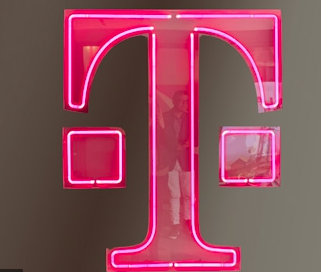
BELLEVUE, Wash. — May 4, 2023 — Speed … UP! T-Mobile (NASDAQ: TMUS) announced today it achieved another 5G U.S. first by leveraging uplink (UL) carrier aggregation in the field on the country’s only nationwide 5G standalone (SA) network. Working with Nokia and a test smartphone powered by Snapdragon® 5G Modem-RF System from Qualcomm Technologies, Inc., the Un-carrier hit a top UL speed of 207 Mbps in the test – the fastest ever recorded using sub-6 GHz spectrum! This comes just weeks after T-Mobile made the same move in the lab, hitting similar speeds.
“T-Mobile has led the industry with 5G standalone since 2020, and we’re continuing to drive breakthroughs that advance 5G technology around the globe,” said Ulf Ewaldsson, President of Technology at T-Mobile. “We’re building the most advanced 5G network in the world, opening the door for massive innovation and laying the foundation for new capabilities that will transform the world around us.”
5G carrier aggregation allows T-Mobile to combine multiple channels (or carriers) to deliver greater speed and performance. In this test, the Un-carrier merged two 5G channels of mid-band spectrum – 2.5 GHz Ultra Capacity 5G and 1900 MHz. That’s like taking two separate highways and turning them into a superhighway where traffic can zoom faster than before. Customers with compatible devices will begin taking advantage of UL 5G carrier aggregation early next year when T-Mobile begins rolling it out.
This is just the latest in a series of important 5G SA milestones for T-Mobile. The Un-carrier was the first in the world to launch a nationwide 5G SA network in 2020 – one that remains the ONLY nationwide 5G SA network in the U.S. Since then, T-Mobile has been driving toward a true 5G-only experience for customers by spearheading advancements like carrier aggregation and VoNR.
T-Mobile is the leader in 5G, delivering the country’s largest, fastest and most awarded 5G network. The Un-carrier’s 5G network covers 326 million people across 2 million square miles – more than AT&T and Verizon combined. 275 million people nationwide are covered by T-Mobile’s super-fast Ultra Capacity 5G, and the Un-carrier plans to reach 300 million people with Ultra Capacity – nearly everyone in the country – this year.



